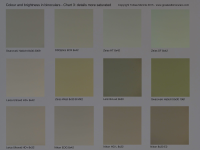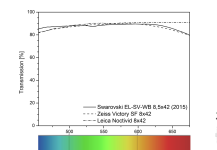"Mainly I am interested in smaller birds."I'm going to buy a pair of NL Pure (12x) but I am not sure its magnification. I had HGs. Now I have Ultravid and SLC. I have tried recently 10x42 NL and 10x42 Noctivid at the same time and I was absolutely astonished by the NL. It was a magic to my eyes! The best glass I’ve ever tried. My only problem is the magnification and the stability problem. I would choose one (12X) with a forehead rest but I am afraid a little a bit of the 12X. Any advice? Thank you. / Mainly I am interested in smaller birds.
Important point, often not stated. Thanks, helps. Perhaps even more important, how would you describe the terrain where you bird? Back yard from home over flower gardens, bird feeders? Or, close, dense forest? Or open, large bodies of water, with little cover? Or say large expanses of terrain, occasionally scouting for larger animals?











